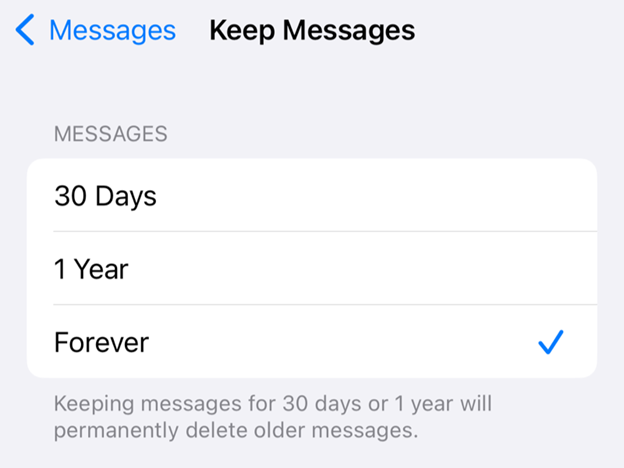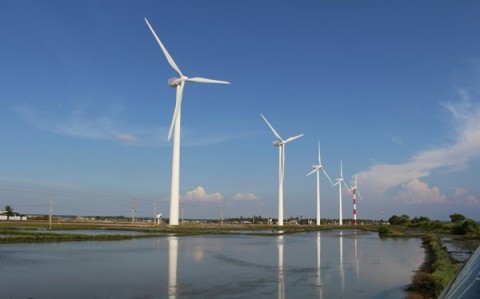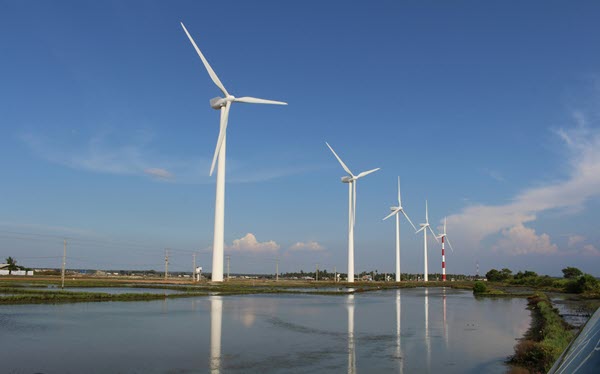Email Marketing Sustainability: Everyone Can Play a Part
Given that every email takes electricity to send and store, how can email marketers lower their carbon footprint? That was the central question behind “Green Your Emails,” the keynote presentation by Zillow’s Alice Li at Litmus Live last fall. Despite the increasing number of headlines about climate change and extreme weather, it’s a question I’d never seriously considered, outside of the issue of expiring emails. It’s a question that’s worthy of the email marketing industry’s time, especially when some of the solutions are already best practices and some others take relatively little effort.
While Alice’s wonderful presentation focused largely on how marketers can reduce the carbon footprint of the email programs and how their email service providers might support them, I’d like to expand the call-to-action by bringing in some other industry players. But let’s start with…
Brands
Email marketers can make a variety of changes and put in place several strategies and technologies that lower the carbon footprints of their email programs. The two key areas to focus on are around email campaign weights and around email frequency and list management.
Email campaign weights. The heavier an email’s total weight (i.e., coding + image file sizes) the more power it takes to send it, render it, and store it. Here are some ways to accomplish this:
- Remove support for Outlook 2010. Support for Outlook 2010 was ended by Microsoft on Oct. 13, 2020, yet some email templates still include coding to deal with this email client. Alice urged marketers to remove this coding and to keep an eye on other email client workarounds that are no longer needed.
- Reducing email file weight. Beyond removing support for retired email clients, our coders recommend taking a number of steps to remove unnecessary code, including assigning CSS styling in the internal style sheet in the document head, compressing embedded CSS, removing some indents, and not linking rarely clicked elements.
- Limit image weights. Our coders recommend keeping the total weight of your email campaign’s images under 800KB, which also allows for a good load time. Keep a particularly close eye on your animations. Limit your animated gif file sizes by minimizing the number of frames, the number of colors used, and the dimensions of the image. You’d be surprised by how much you can remove from a gif and still have it be effective.
- Use retina images selectively. For logos and images that include sharp, crisp lines, retina images can drastically improve how the image appears. However, in many other cases, quadrupling the pixel density is surprisingly unnoticeable. Reduce your image weights by being selective about when to use retina images.
- Reuse image paths. Another great tip from Alice, if you’re reusing an image, use the same path as before rather than rehosting the same image under a different name.
A clear sign that your email files are just too big is that your emails are being clipped in Gmail, because they’re over 102KB. I’ve been seeing this more and more among big brands, and it creates a poor experience for subscribers. It also creates risks for brands, since unsubscribe links are almost always among the content that’s clipped. This drives some recipients to use the report spam button to opt out.
Email frequency and list management. Generally speaking, the more emails you send, the more money you make. But there are limits, where increased frequency causes subscribers to tune out and opt out, in addition to hurting your engagement rates and therefore your deliverability.
Those are all compelling reasons to be smart about which subscribers you email and how often. Being a little greener is yet another reason to make good use of the following strategies that optimize your contact frequency:
- Engagement-based targeting. Pay attention to the interest signals your subscribers are giving you, so you can send more emails to those who are interested and fewer to those who are not. We routinely help our clients do this and generally are able to boost results while reducing or holding the line on email frequency. RFM modeling and fatigue analysis are a couple of tools here.
- Inactivity management. Managing both your never-actives and long-term inactives protects your deliverability and avoids sending emails that would be effective.
- Offering a frequency preference. Preference centers are a key way to give your subscribers more control over their email experience with your brand. Giving them the option to select a preferred frequency is among the most common options to provide, since receiving too many emails is perennially a top reason that people unsubscribe.
- More segmentation and automation. These use customer behaviors to deliver emails to the right subscribers at the right time, efficiently using the email channel.
Email Service Providers
ESPs directly empower brands to not only use email marketing effectively, but also wisely and sustainably. So, ESPs should continue to make it easier to segment messages and manage their audiences based on intuitive prompts and easy-to-use filters, using RFM modeling, fatigue analysis, and predictive analytics.
Alice sees opportunities for ESPs to also do a better job guiding email design with sustainability in mind. For example, she suggested that ESP warn senders before they hit send that their email will be clipped in Gmail. Building on that idea, ESPs could also alert senders if an email’s total loaded weight is high.
Inbox Providers
Mailbox and inbox providers can also play a powerful role in making the email ecosystem more sustainable. The two big opportunities I see here are around acceptable email file sizes and email storage policies.
Universal email clipping. All marketers know that Gmail clips overly large emails, not rendering anything beyond the first 102KB of an email’s code. Because Gmail is a sizable inbox provider, many senders avoid sending emails they know will be clipped.
However, as I’ve already mentioned, I still routinely see major brands sending emails that get clipped. Since email content in excess of 102KB generally offers quickly diminishing returns, all major inbox providers should embrace Gmail’s clipping policy. That will improve industry compliance with this sensible content limit.
Email retention policies. As I shared in my Only Influencers article on the issue of expiring emails, I believe that the problem of too many emails being stored for too long is a problem that needs to be solved by inbox providers—in large part because they created the problem by having ludicrously generous storage limits.
An efficient solution that empowers consumers to better manage their inboxes would be options for email retention. This is an option that Apple Messages already provides its users (see below), although email would need different retention timeframe options and probably more granularity.

For instance, email users could be prompted to select retention policies for various email tabs, as well as for sent and archived emails. Consumers might want to keep emails in their Primary or Focused tab for 5 years, for instance, but be happy to have emails in their Promotions or Other tab moved to the trash after just 1 year—perhaps even as little as 90 or 30 days. That would quickly have a marked effect on the storage used by inbox providers.
The Government
Lastly, governments can play a constructive role in making email marketing more sustainable. For example, in the EU, GDPR establishes clear rules for permission grants and for subscriber inactivity limits, among many other things. Those provisions keep unwanted email from being sent and stored, in addition to creating more hospitable inboxes, which is a huge benefit to email marketers.
Of course, the US is still operating on the incredibly antiquated CAN-SPAM Act, which sets all the wrong expectations for how to be successful at email marketing. But its days seem limited. First, the signing of a growing number of state privacy laws is putting pressure on Congress to create a new modern national standard to make compliance easier for companies. And second, the growth of generative AI may prompt regulations that also address privacy and spam.
For too long, the US government has left the burden of policing spam almost entirely to mailbox providers. It’s not fair that they and the environment have to pay the price for the government’s inaction when GDPR provides a good blueprint for establishing modern privacy and anti-spam rules.
In most of these cases, sustainability is just one more reason to do these already-smart things, especially on the brand- and ESP-side. As Alice said during her Litmus Live keynote, “Email pollution is not the solution.”

 How to resolve AdBlock issue?
How to resolve AdBlock issue? 

